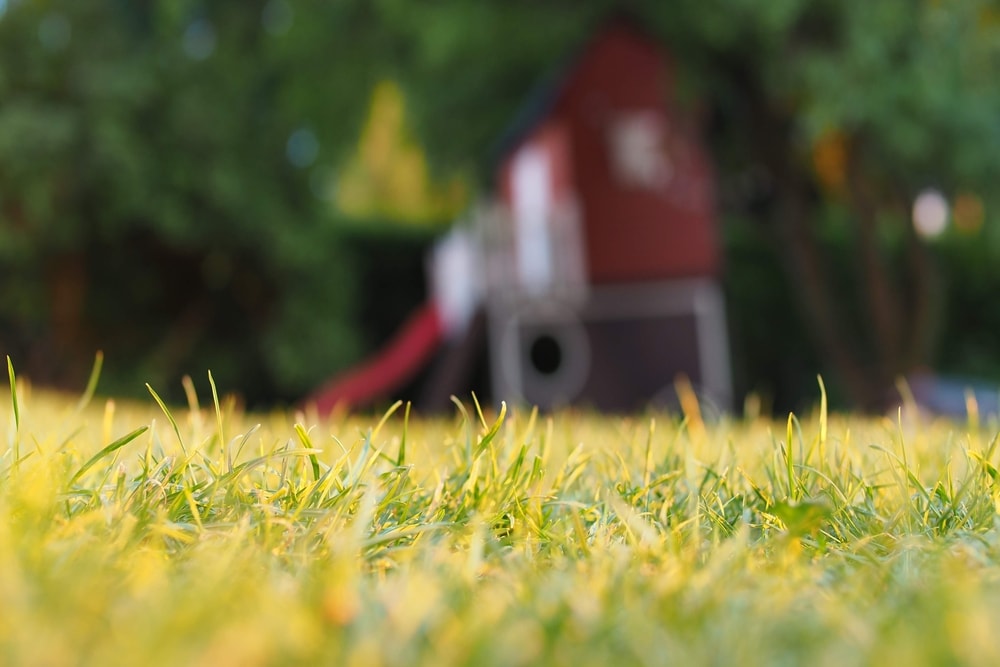Don’t Decide on a Landscape Border Until You Read This!
When it comes to landscaping your house, you probably spend most of your time considering what trees and shrubs you want in your shrubbery beds, or perhaps what type of bedding you will putting in those beds. However, don’t allow your choice of edging around those beds to become merely an afterthought. The edging you choose has the potential to turn a well-thought-out selection of plants and bedding material into a shabby looking disaster.

There is a definite temptation to allocate most of the landscape budget to the plants and bedding and little-to-nothing to the edging. In general, the savings reaped from this strategy is minimal. Your choice of border should be reliant upon your yard and its makeup, as a wide variety of landscape borders are possible in almost every price range.
To begin with, the ground the edging will be bordering is the most important consideration. Here’s why: Soft ground is not ideal for anchor-type edging. Anchor-type edging is any edging that requires stakes, nails, poles, or any other anchoring device. What happens in soft ground is that these anchors slide easily into the soft ground and don’t actually anchor anything.
When the ground shifts or objects press against the edging, it will tend to pull out of the ground. Of course, you can pound the anchors back in, but this is only a temporary measure. Anchored edging will chronically come loose in soft ground.
A better option for soft ground is a border with weight. Stone is ideal, but I have seen cut Wolmanized lumber make for a good alternative as well. Stone and wood will definitely cost more than a simple ‘Black Diamond’ style edging, but careful shopping and reasonable expectations will almost always allow for this option in any budget.
While anchor-type edging is convenient and simple to install, stone or wood has a unique set of requirements. Anchor-type edging is flexible and conforms to the curves and undulations of the ground, giving an almost ‘organic’ look. Stone and wood, however, are rigid and less amenable to rounded landscape beds.
Also, when using stone or wood, you must be clear about whether you are installing a border or erecting a wall. If you are only using one layer or material, you are installing a border. In this case, you do not need to worry about having a perfectly level border. The angle of the border should correspond to the angle of the ground it is bordering.
This can be a problem in hilly areas if you use cut stone borders, as cut stone borders rising and dropping precipitously can give a decidedly unprofessional appearance. Try uncut stone if there is a lot of drops and rises around the area you are bordering.
If you are building a border that is more than one layer, you are installing a wall. When doing this, ignore the angle of the ground and make sure that the stone is level. This may involve some heightened cost if your wall is bordering a hilly bed, as some of the stones will have to be buried, essentially out of view, to provide footing for the stone sections of a rise.
Finally, once you have considered the issues of ground type, cost, and ease of installation, there is the aesthetic component. While the edging you use may or may not be the first thing that catches the eye, it does play a part in the overall appearance of your landscaping.